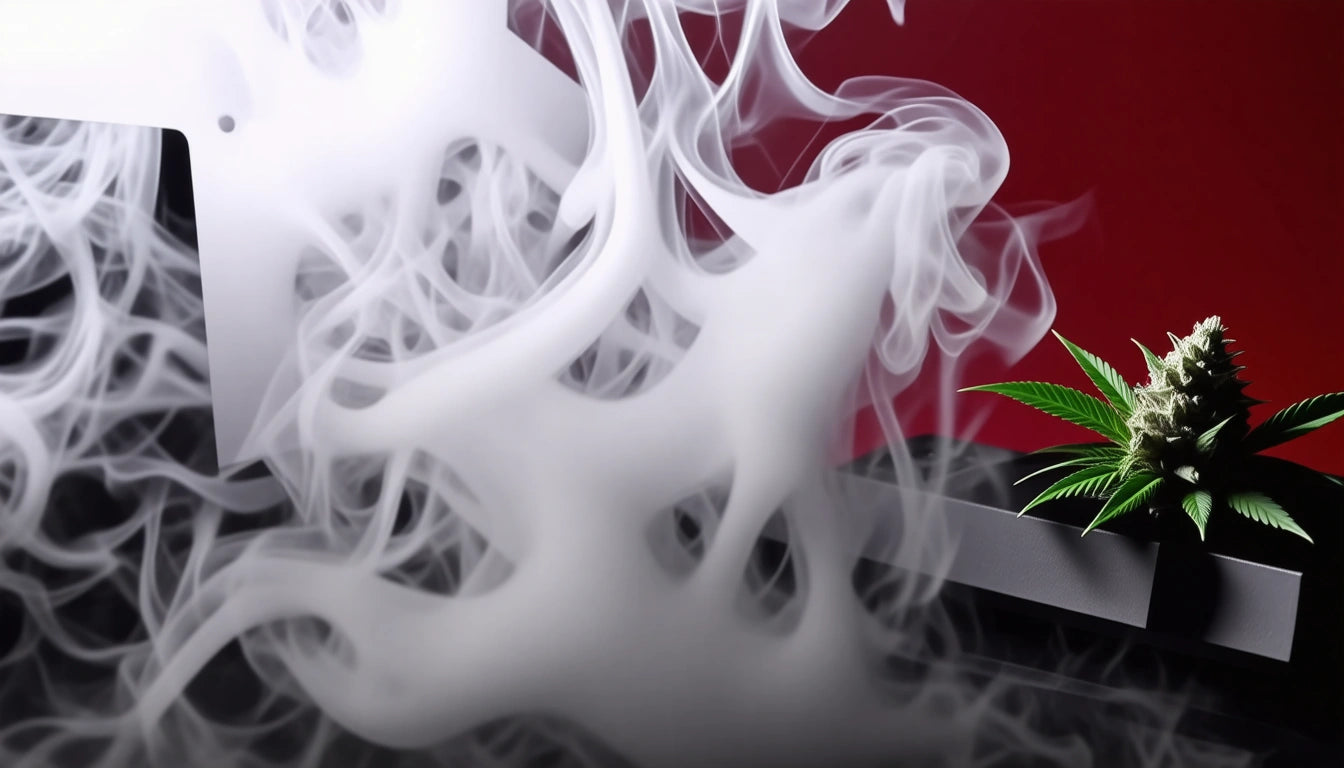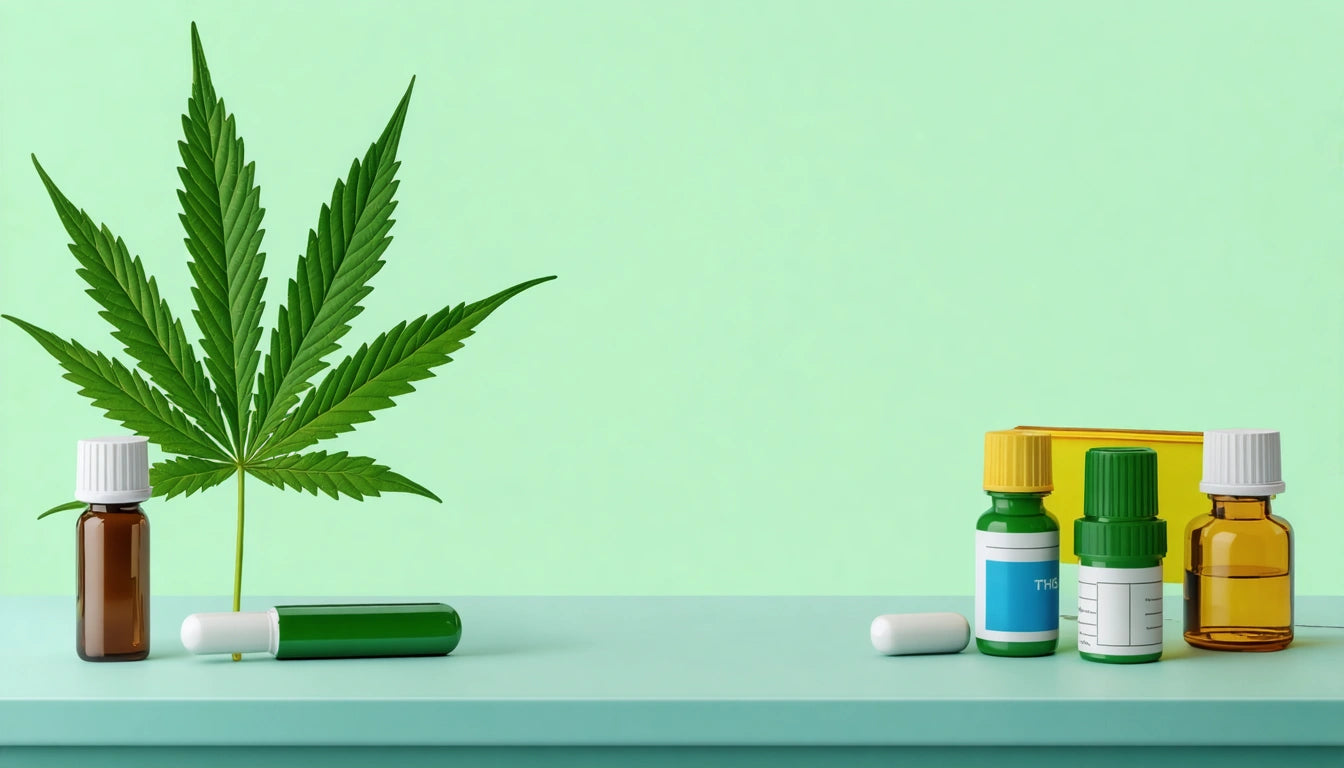Table of Contents
Does Holding in Smoke Affect Your High?
Cannabis consumers have long debated whether holding in smoke after inhalation intensifies the high. This practice, common among both novice and experienced users, persists despite conflicting information about its effectiveness. This article examines the science behind smoke retention and separates fact from fiction regarding its impact on your cannabis experience.
The Common Myth: Does Holding Smoke Make You Higher?
The belief that holding in cannabis smoke increases its effects is widespread. Many users assume that the longer smoke remains in the lungs, the more THC is absorbed, resulting in a stronger high. Research on smoke retention suggests this assumption deserves closer examination.
In reality, THC absorption occurs rapidly. The majority of THC is absorbed within the first few seconds of inhalation, making extended breath-holding largely unnecessary. The lightheaded feeling often mistaken for an enhanced high is typically the result of oxygen deprivation to the brain, not increased cannabinoid absorption.
The Science Behind Smoke Inhalation and Absorption
How THC Enters the Bloodstream
When cannabis is combusted and inhaled, THC and other cannabinoids are carried into the lungs as part of the smoke. The lungs contain millions of alveoli, tiny air sacs surrounded by blood vessels. These structures facilitate rapid gas exchange, allowing THC to pass quickly from the lungs into the bloodstream.
Studies indicate that approximately 95% of the available THC is absorbed within the first few seconds after inhalation. This means that holding smoke for extended periods provides minimal additional benefit in terms of THC absorption.
Oxygen Deprivation vs. Enhanced High
The lightheaded sensation experienced after holding in smoke for an extended period is primarily caused by cerebral hypoxia, or oxygen deprivation to the brain. This feeling may be misinterpreted as an intensified high, but it's actually a separate physiological response that can potentially be harmful.
As explained in this analysis of cannabis consumption myths, confusing oxygen deprivation with an enhanced high can lead to problematic consumption habits.
Health Impacts of Prolonged Smoke Holding
Holding smoke in the lungs for extended periods may increase exposure to harmful compounds. Cannabis smoke contains many of the same irritants and carcinogens found in tobacco smoke, though in different proportions.
Extended contact between these compounds and lung tissue may increase irritation and potential damage. According to research on smoking risks, minimizing exposure time can reduce potential respiratory issues.
More Effective Cannabis Consumption Methods
Optimizing Inhalation Techniques
Rather than holding smoke for extended periods, consider these more effective techniques:
- Take slow, deep breaths to ensure smoke reaches the alveoli
- Inhale for 2-3 seconds, then exhale normally
- Allow brief pauses between inhalations
- Consider using lower temperatures when possible
These approaches maximize cannabinoid absorption while minimizing potential respiratory irritation. For those concerned about long-term effects of smoking, alternative consumption methods may be preferable.
Alternatives to Smoking
If respiratory health is a concern, consider these alternatives:
- Vaporizing (which heats cannabis without combustion)
- Edibles (though effects take longer to onset and last longer)
- Tinctures (sublingual absorption)
- Topicals (for localized effects without psychoactivity)
Exploring these alternatives can provide effective cannabinoid delivery while potentially reducing respiratory risks.
Safety Considerations for Cannabis Consumption
Beyond inhalation techniques, safety considerations should extend to storage and handling of cannabis products. Proper storage not only preserves potency but also prevents accidental access. The importance of secure packaging solutions cannot be overstated, especially in households with children or pets.
Many states now require child-resistant packaging for cannabis products, similar to regulations for pharmaceuticals and household chemicals. These protective measures help prevent accidental ingestion while maintaining product integrity.
Better Practices for Enhancing Your Experience
Rather than focusing on holding in smoke longer, consider these evidence-based approaches to optimize your cannabis experience:
- Select strains with terpene profiles aligned with your desired effects
- Pay attention to THC/CBD ratios when choosing products
- Start with lower doses and gradually increase as needed
- Stay hydrated before, during, and after consumption
- Create a comfortable, low-stress environment
These factors typically have a much greater impact on your overall experience than breath-holding techniques. Mastering consumption techniques involves understanding the plant's properties rather than relying on myths.
The science is clear: holding in cannabis smoke for extended periods provides minimal benefit while potentially increasing health risks. Instead, focus on responsible consumption methods, appropriate dosing, and creating optimal conditions for your experience. By understanding how cannabinoids are actually absorbed, you can make more informed choices about your consumption habits.











Leave a comment
All comments are moderated before being published.
This site is protected by hCaptcha and the hCaptcha Privacy Policy and Terms of Service apply.